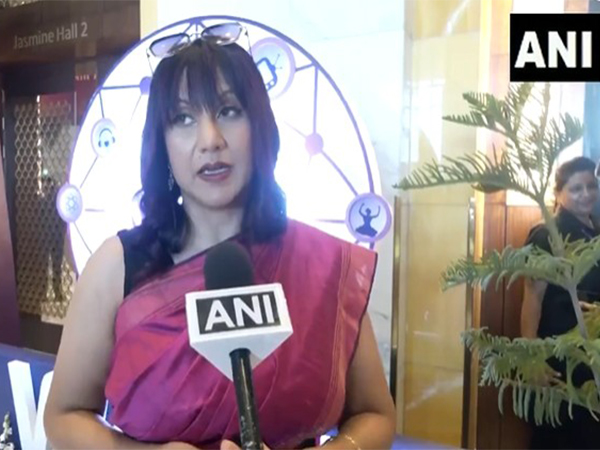Bhutan King unveils vision for Gelephu during National Day celebration at Changlimithang
Dec 23, 2023

Thimphu [Bhutan], December 23 : Bhutan King unveiled an ambitious vision for Gelephu, a small town located on the country's southern border.
He revealed his plan for Gelephu in his address during the 116th National Day celebration at Changlimithang, The Bhutan Live reported.
The plan aims to transform Gelephu into a dynamic Special Administrative Region and position it as a hub for growth and innovation while preserving the natural and cultural heritage of Bhutan.
The plan developed by BIG, Arup, and Cistri draws inspiration from Bhutanese culture, Gross National Happiness (GNH) principles, and the country's spiritual heritage, according to The Bhutan Live report.
The concept is known as the "Mindfulness City" that weaves together sustainability, cultural preservation, and economic opportunities through investments in green technology, education, and infrastructure.
The concept of Gross National Happiness, encompassing nine domains that include psychological well-being, health, education, living standards, ecological diversity, good governance, cultural diversity, and community vitality, lies at the core of the Mindfulness City.
The design of the city made by BIG's Landscape and Urban Design Team includes a new international airport, public spaces, railway links, a hydroelectric dam and a language for local building typologies, ensuring a balanced and enriching living environment for people, The Bhutan Live reported.
The Mindfulness City wants to amplify Bhutan's biodiversity by creating a vibrant tapestry of interconnected ecosystems and lively neighbourhoods. The design of the city inspired by 35 rivers and streams showcases a gradual rise in density from rural highlands to urban lowlands while maintaining a deep link to the natural world.
Bjarke Ingels, Founder and Creative Director of BIG, called Gelephu, a city that demonstrates growth and innovation while remaining connected to Bhutan's nature and culture, The Bhutan Live reported.
The bridges in the design are seen as cultural landmarks, connecting nature and people, past and future, local and global. Among these is the Sunkosh Temple-Dam, a man-made monument symbolizing the possibility of a sustainable human presence on Earth.
The infrastructure of the city includes eleven neighbourhoods, each designed on the basis of the principles of the Mandala, organized symmetrically around a central public place. In order to stop the flooding during the monsoon season, paddy fields will be established along the rivers.
Giulia Frittoli, Partner in Charge of BIG Landscape, stressed that Mindfulness City is designed to enhance ecological systems, connecting flora and fauna as well as people and ideas. The city serves as a testament to humanity's bond with nature, according to The Bhutan Live report.
The neighbourhoods divided by rivers are connected by three main mobility bridges. These "inhabitable bridges" house key destinations, including a spiritual centre, a healthcare facility, an airport, a university, a greenhouse, a cultural centre, and a market.



















